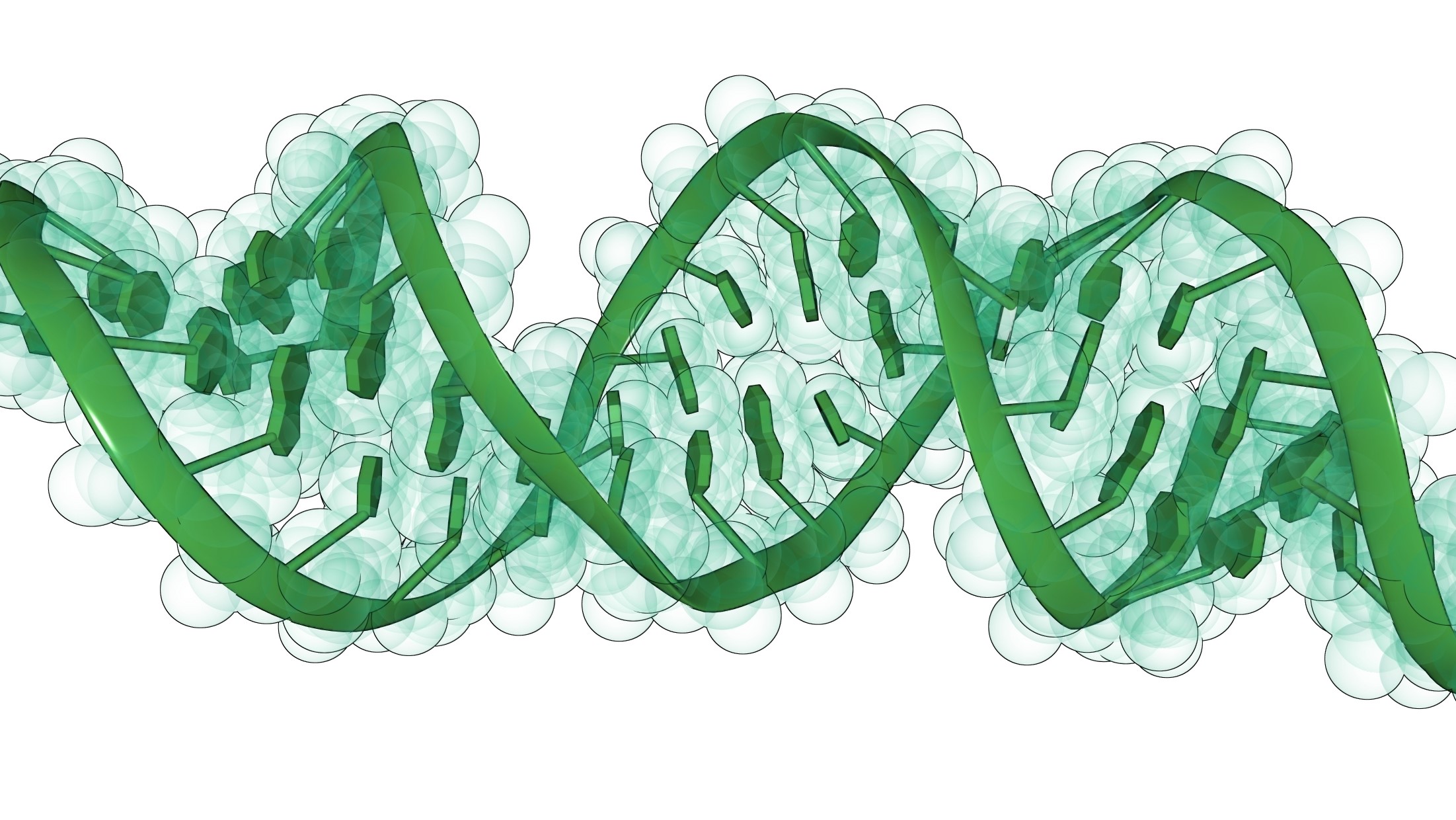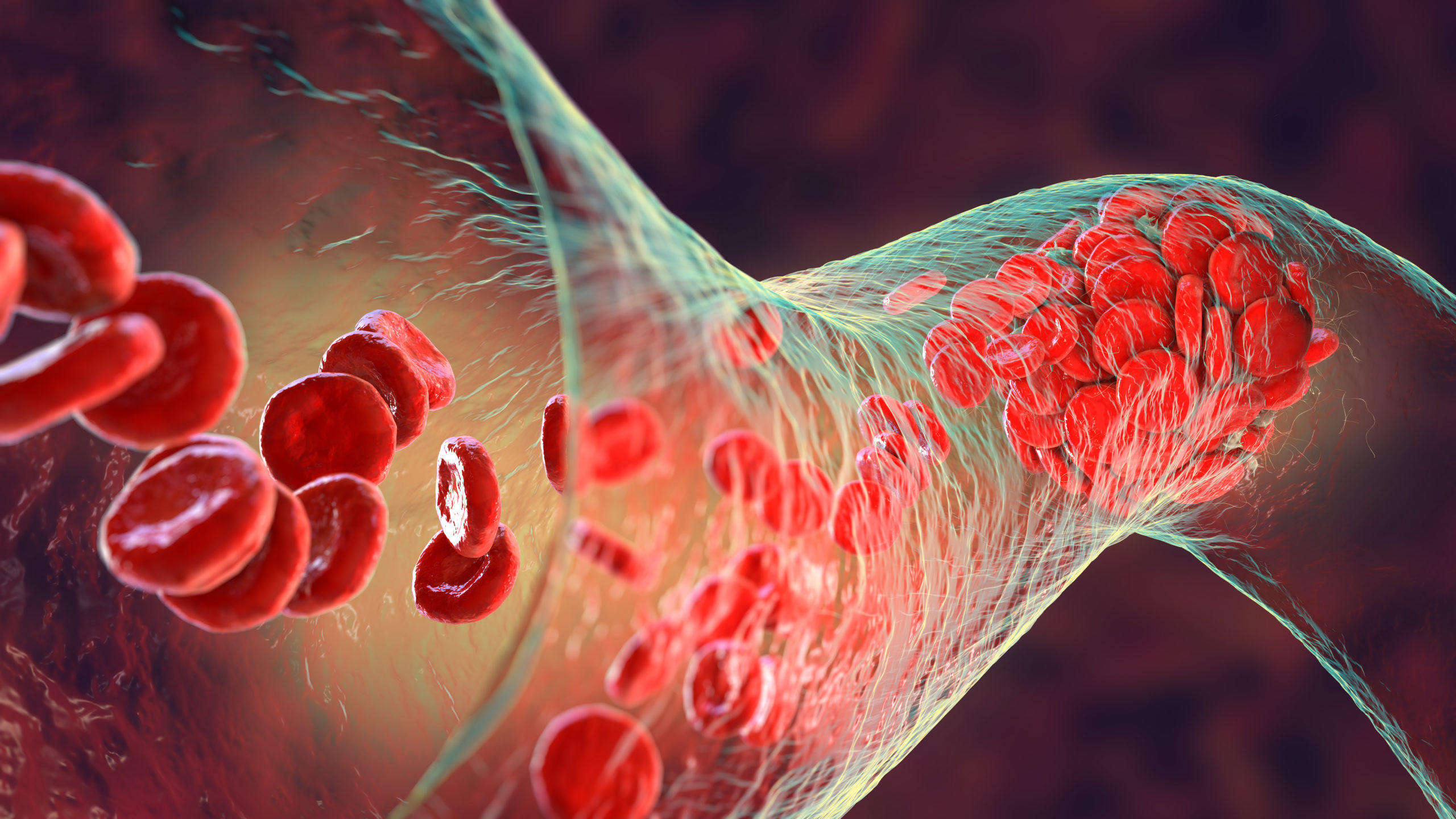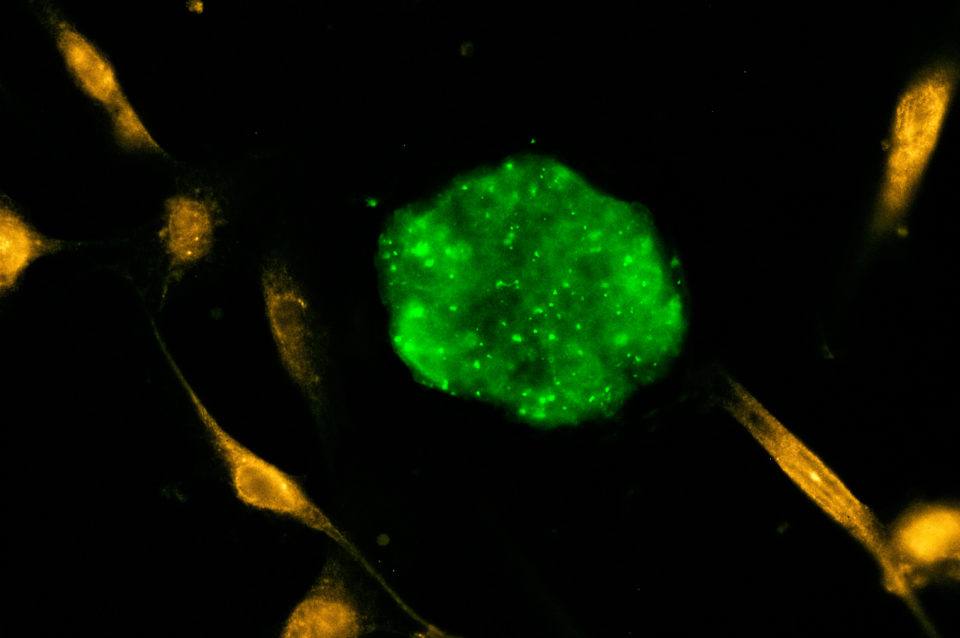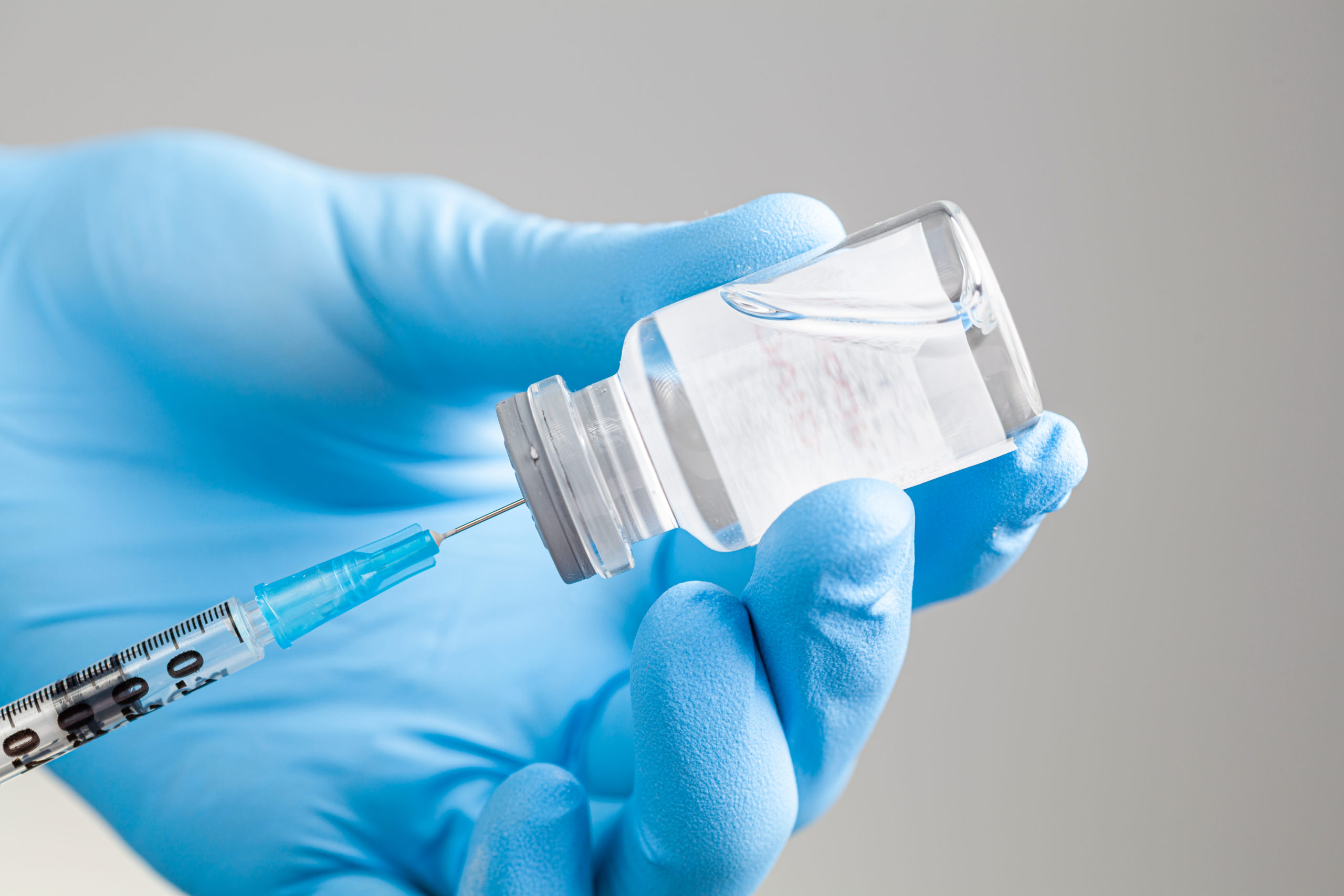
Fitusiran, a subcutaneous, small interfering RNA agent targeting antithrombin, is being investigated in the treatment of hemophilia A or hemophilia B. Researchers, led by Guy Young, evaluated the safety and efficacy of subcutaneous fitusiran prophylaxis in patients with severe hemophilia A or hemophilia B with inhibitors against previous treatments.
The study, presented in The Lancet, reported that patients with hemophilia who received subcutaneous fitusiran prophylaxis achieved statistically significant reductions in annualized bleeding rates, and the majority of participants experienced zero bleeding events during treatment.
Fitusiran Treatment for Hemophilia A or B With Inhibitors
The multicenter, open-label, phase 3 randomized trial was conducted at 26 centers across 12 countries and screened male patients aged 12 years or older with severe hemophilia A or hemophilia B with inhibitors and prior on-demand bypassing agent treatment.
Researchers enrolled 57 male patients with a median age of 27.0 years (interquartile range, 19.5-33.5 years) and randomized them 2:1 to either fitusiran 80 mg subcutaneously (n=38) once monthly or continued on-demand bypassing agent (n=19).
The primary end point was the mean annualized bleeding rate in hemophilia A or hemophilia B with inhibitors during the efficacy period, as estimated by a negative binomial model.
According to the authors, the mean annualized bleeding rate was significantly lower in the fitusiran prophylaxis group at 1.7 (95% CI, 1.0-2.7) versus the bypassing agent group at 18.1 (95% CI, 10.6-30.8), representing a reduction of 90.8% (95% CI, 80.8-95.6; P<.0001). A total of 25 (66%) patients in the fitusiran group had zero bleeding events compared with just 1 (5%) in the bypassing agent group.
Among the safety cohort of 41 participants, the most frequent treatment-emergent adverse event in the fitusiran group was increased alanine aminotransferase in 13 (32%) patients. Investigators noted there were zero corresponding increases in the bypassing agent group. No deaths occurred, though suspected or confirmed thromboembolic events occurred in 2 (5%) patients in the fitusiran prophylaxis group.
“Fitusiran prophylaxis might show hemostatic efficacy in participants with hemophilia A or hemophilia B with inhibitors,” Young and colleagues summarized. “Therefore, the therapeutic might have the potential to improve the management of people with hemophilia.”
Listen to “A Nuanced Method of Treating Acquired Hemophilia” From The Fellow on Call: The Heme/Onc Podcast







 © 2025 Mashup Media, LLC, a Formedics Property. All Rights Reserved.
© 2025 Mashup Media, LLC, a Formedics Property. All Rights Reserved.